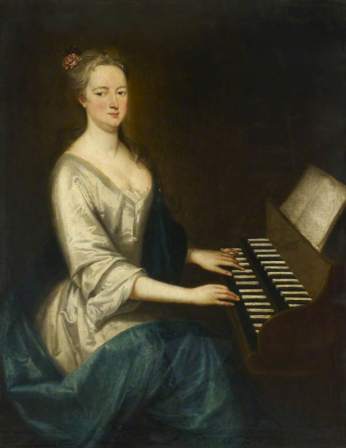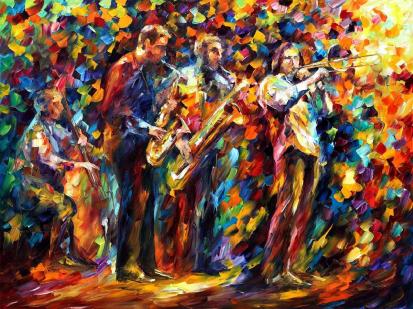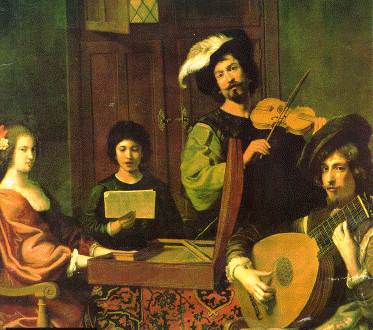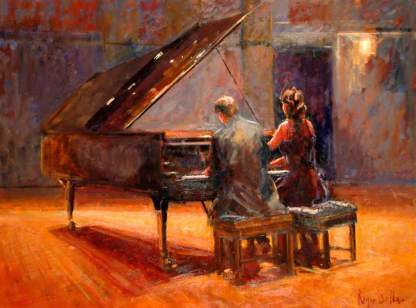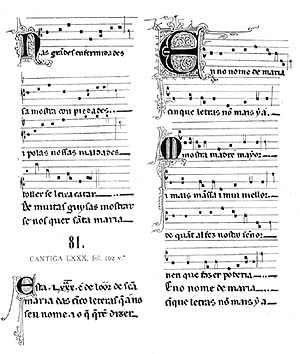(1) [Ger. Engführung] In a *fugue, the imitative treatment of the subject at a shorter interval of time than is employed in the initial exposition. The technique is often reserved for a climactic moment near the end. It is also employed in the *ricercar, beginning in the 16th century. (2) In nonimitative works, a climactic, concluding section in a faster tempo; often stretta. Examples occur in the finales of Italian opera (e.g., Rossini’s Il *barbiere di Siviglia, act 1). The term is also often applied to passages such as the conclusion of the fourth movement of Beethoven’s Fifth Symphony.
Monthly Archives: December 2014
Italian Concerto
A “Concerto in the Italian Manner” for solo harpsichord with two keyboards by Bach, BWV 971, published in 1735 as the second part of the *Clavier-Übung. The work is so named because it is in the form and style of the Italian instrumental concerto of the early 18th century, the concerto’s characteristic element of contrast being achieved through contrasting *registrations on the harpsichord’s two keyboards.
double time
fermata [It.]
A symbol placed over a note or rest to indicate that it is to be prolonged beyond its normal duration (usually with a suspension of the regular metrical pulse) or placed over a bar or double-bar line to indicate the end of a phrase or section of a work; also called a pause or hold. In a *concerto, it marks the point at which the soloist is to play a *cadenza.
parameter
An independent variable; e.g., in acoustics, amplitude or frequency; in analytical discussions, especially of *serial music, any of the separably specifiable features of a sound, e.g., pitch class, duration, timbre, loudness, register.
cantio sacra [Lat.]
cantio [Lat.]
Song, especially the monophonic song of the Middle Ages with Latin, sacred, nonliturgical, strophic text, often with a refrain. See also Cantio sacra.
primo, secondo [It., first, second]
modal notation
double concerto
A *concerto for two solo instruments and orchestra.
